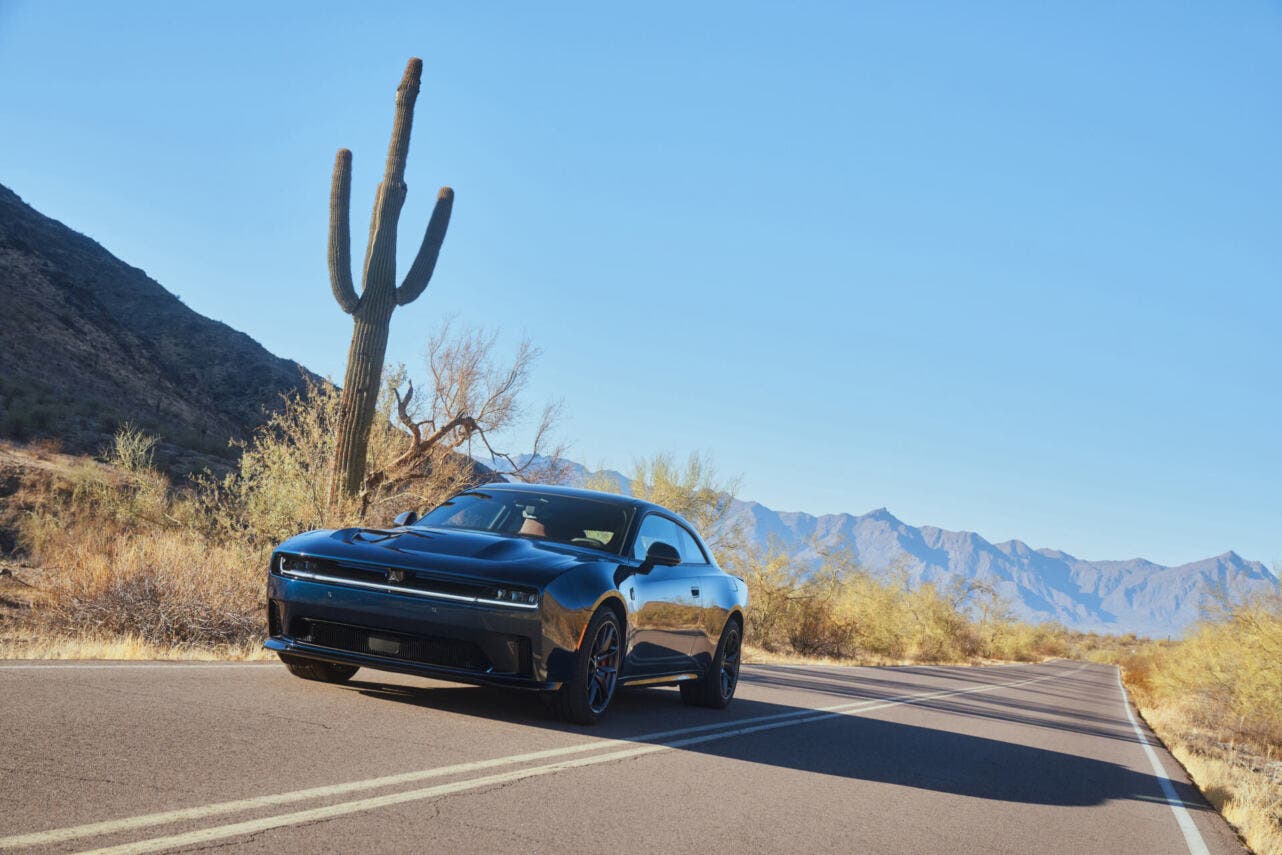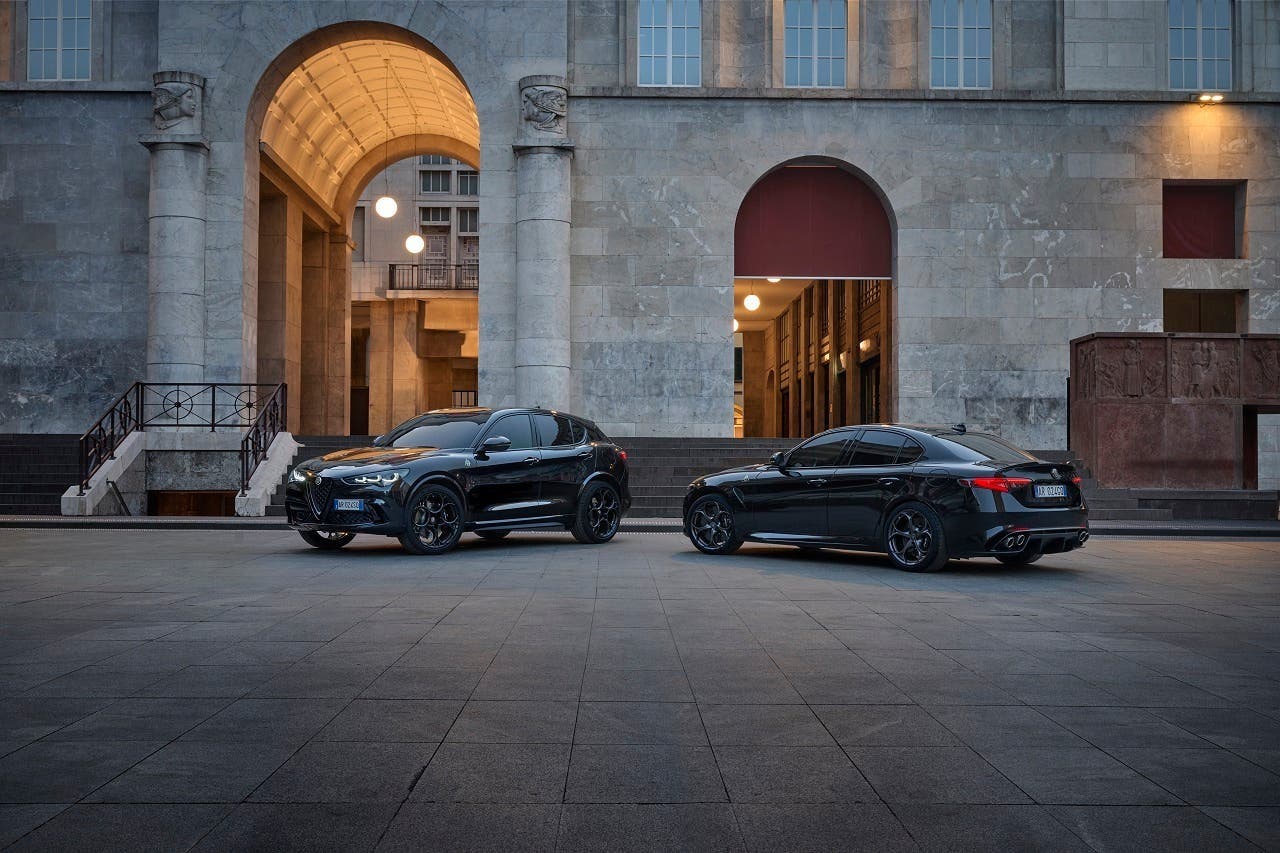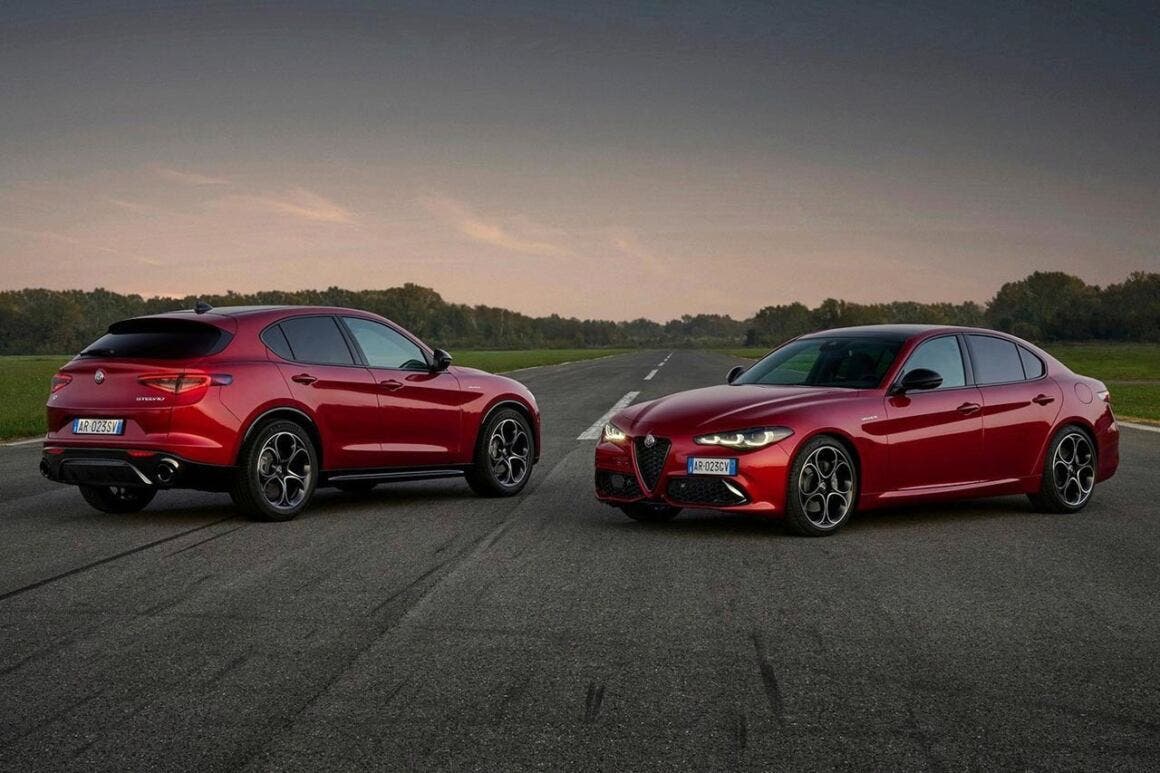The next generations of the Alfa Romeo Giulia and Stelvio are set to be the brand’s two major upcoming launches. However, according to reports, their arrival may be preceded by an entirely new model, although there is still no official confirmation. The debuts of the new Giulia and Stelvio have been postponed, with their launches now expected in 2027, or even 2028. This delay has led the automaker to consider an alternative solution. Meanwhile, news from the United States could indirectly impact both future Alfa models.
Alfa Romeo could use Dodge Charger’s new gas engine in future Giulia and Stelvio

The new Dodge Charger has been unveiled in a gasoline-powered version, equipped with a six-cylinder engine offered in two configurations: a Standard Output with 420 hp and 635 Nm of torque, and a High Output with 550 hp and 720 Nm. While this might seem far removed from Alfa Romeo’s world, the connection lies in the fact that the next-generation Giulia and Stelvio will share the STLA Large platform with the American muscle car.
This opens the door for the Italian models to potentially adopt these powertrains, particularly given Alfa Romeo’s decision to keep combustion engines in the lineup. The High Output version, in particular, would exceed the performance of the current Giulia and Stelvio Quadrifoglio Super Sport by 30 hp, while offering all-wheel drive capable of sending up to 100% of torque to the rear wheels for a sportier driving experience.

Future Quadrifoglio variants could therefore feature a similar technical package, with an eight-speed automatic transmission, rear limited-slip differential, and Launch Control, drawing direct inspiration from the Dodge Charger Sixpack High Output.
While this choice could fit perfectly in the North American market, the Hurricane inline-six engine may not comply with European emissions regulations. In that case, Alfa Romeo could choose to update its current 2.9-liter V6, bringing it in line with Euro 7 standards and pairing it with a Q4 all-wheel-drive system capable of sending full power exclusively to the rear wheels.
